I really like competitions like this. Where the banks, the developers and any paid politicians are taken out of the equation and people are free to dream of a better future.
Decoding Density was an invitation sent out to everyone, everywhere, encouraging them to envision new possibilities for apartment forms, of six storeys and above, while addressing two pressing issues of our time: climate change and housing affordability. A key aspect of the brief was to challenge Vancouver’s planning code and other regulations.
My favorite concept was Towerhouse. Not only for its incorporation of greenery, but also for its exploration of community, place-making, integration into existing suburbs, and connectivity with the neighborhood through walking and cycling.
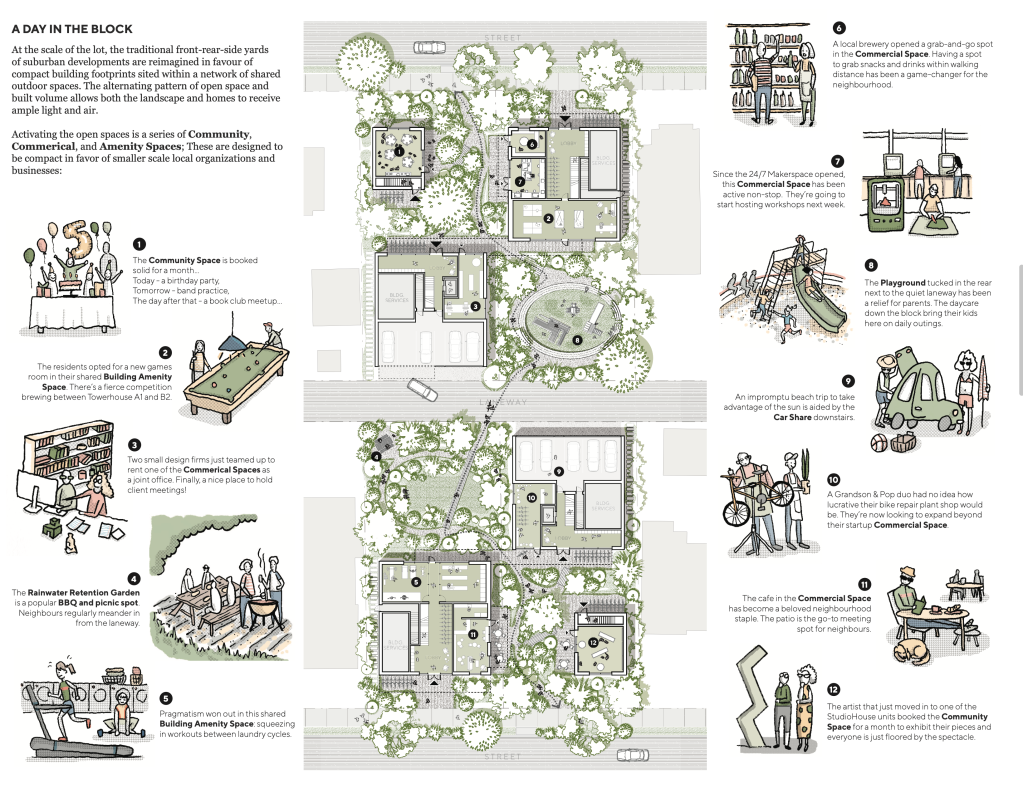

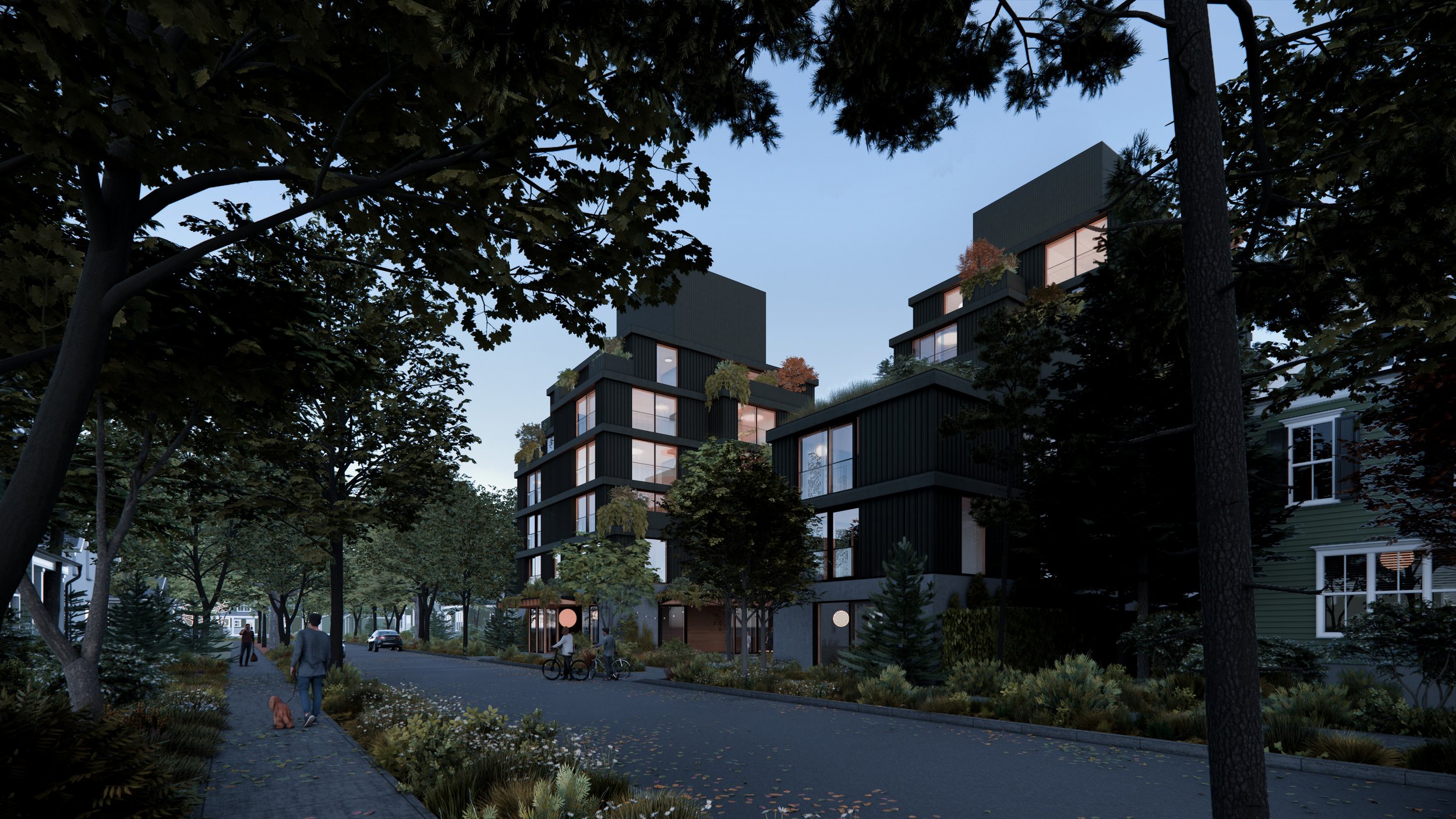
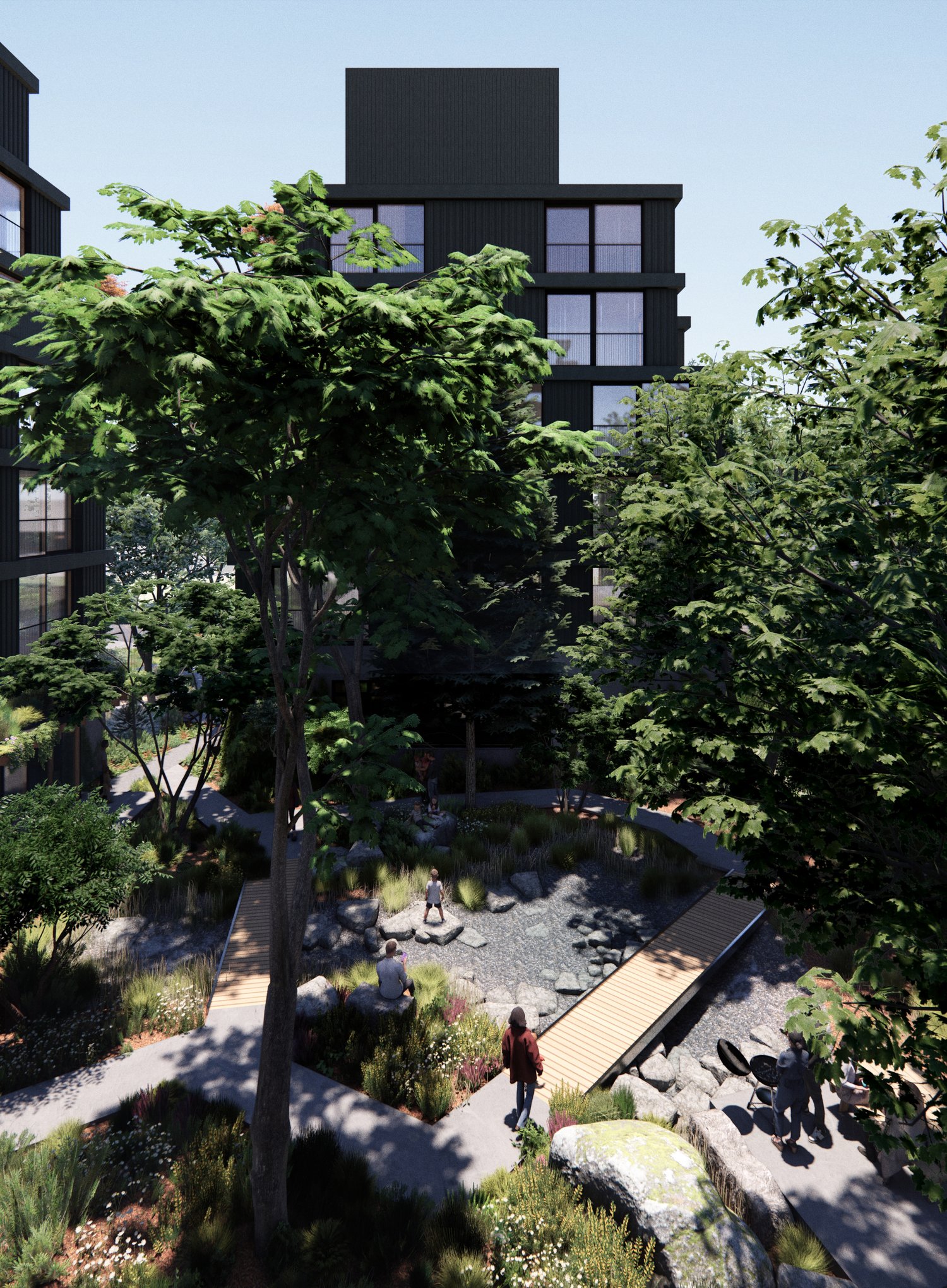
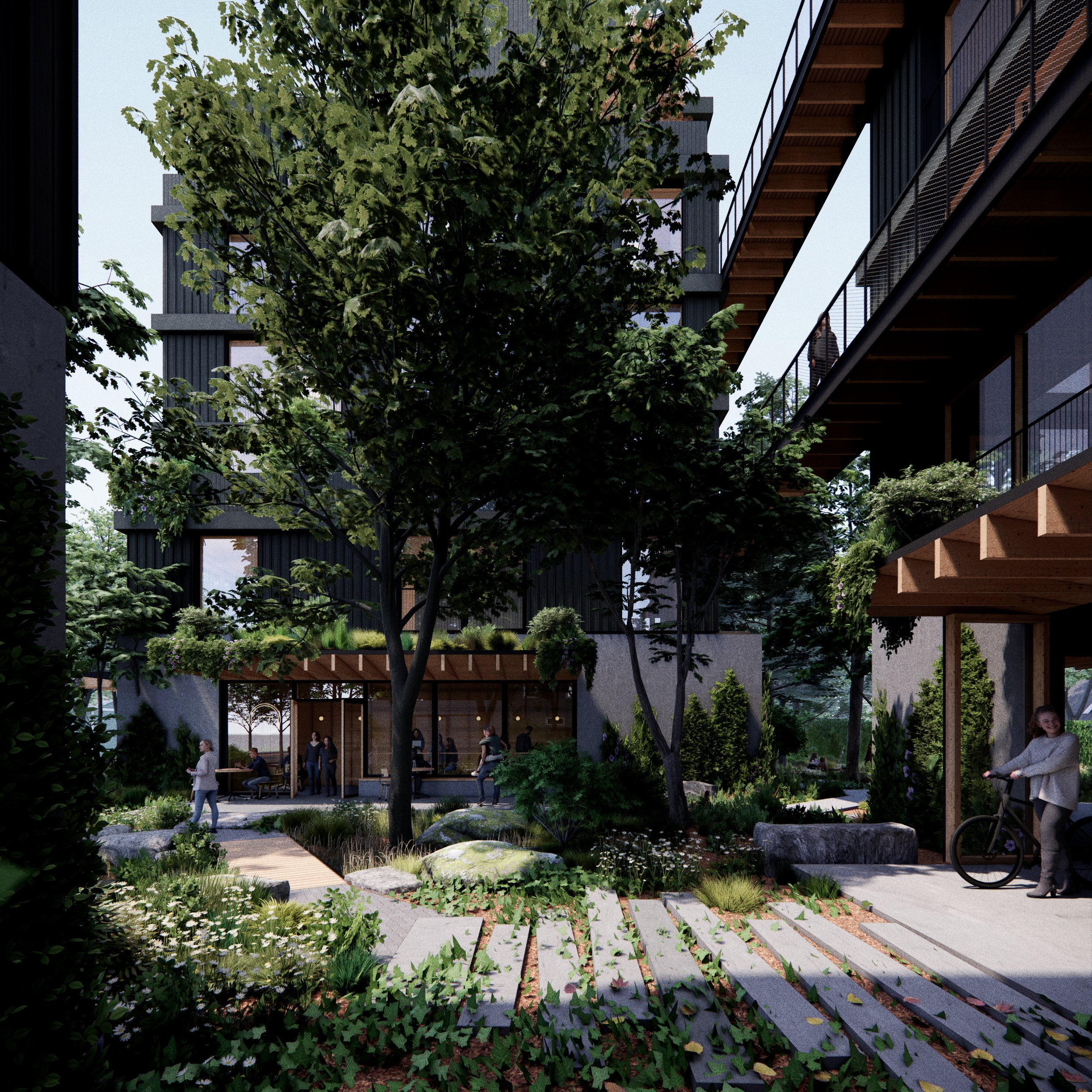
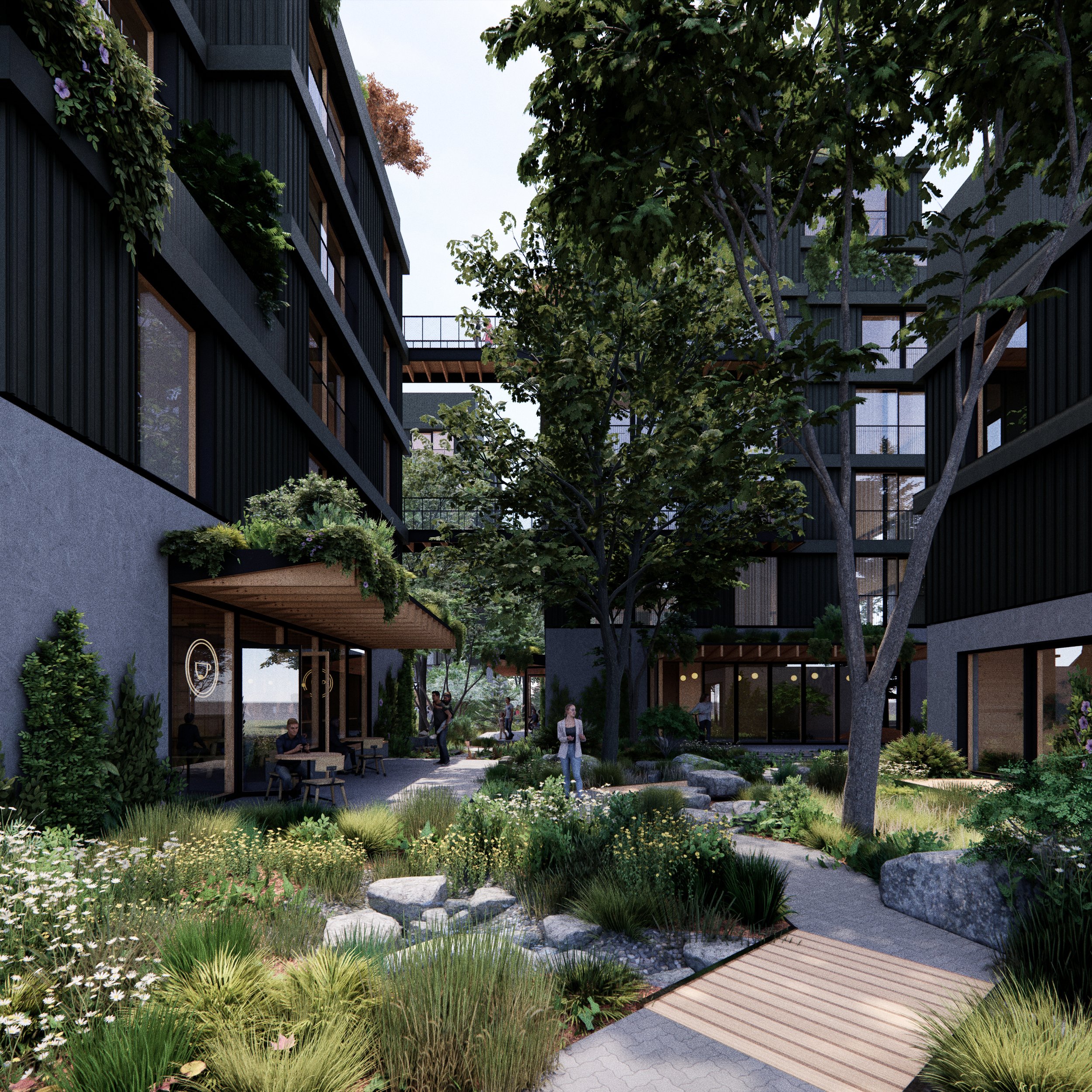
“Does it feel like a holiday home?” is a criteria I judge a lot of urbanism buy these days. After all, isn’t that what we want from our urban environment? We want to feel like we are living our best lives in a pleasant and friendly place. And on that criteria I feel like this project also succeeds.
The Micro-Hood submission gives off a lot of Solar Punk vibes with its illustrations. Micro-hood’s position is that our neighborhoods could be made better by supporting apartment buildings on single lots, that communities can be more resilient by sharing in ownership and that the way we built yesterday needs a reset.
Their proposal imagines re-hashing the building rules, constructing with pre-fabricated
panels and the creation of a Community Land Trust to bring a resilient, lower-carbon
community to life.
Community Land Trusts are something I am hearing a lot about these days and encourage people to read up on them, if they are not familiar with the concept. https://en.wikipedia.org/wiki/Community_land_trust
LOTS! OF BUNDLES is another submission that also caught my eye. “Community-led housing is a way for resident collectives to self-organize and build cohousing. Cohousing offers an actionable solution to housing affordability: a combination of private units and shared spaces that fosters mutual aid and reduces housing costs.”
This part I thought was a really interesting concept within the submission Replan the Ground Level as a Common House. “Community-led housing projects include a common house: a collection of spaces shared by all residents as an extension of private domestic space. Our proposal reimagines the ground floor as a common house, creating a more porous relationship between the building, site, and neighborhood. Because a common house celebrates social activity and the use of outdoor space, our proposal loosens setback restrictions to take advantage of more buildable area on a lot, while carving out nooks of outdoor space that invites the activation of side and back alleys. This creates new lateral connections across the block through greenways that support mobility and walkability.“
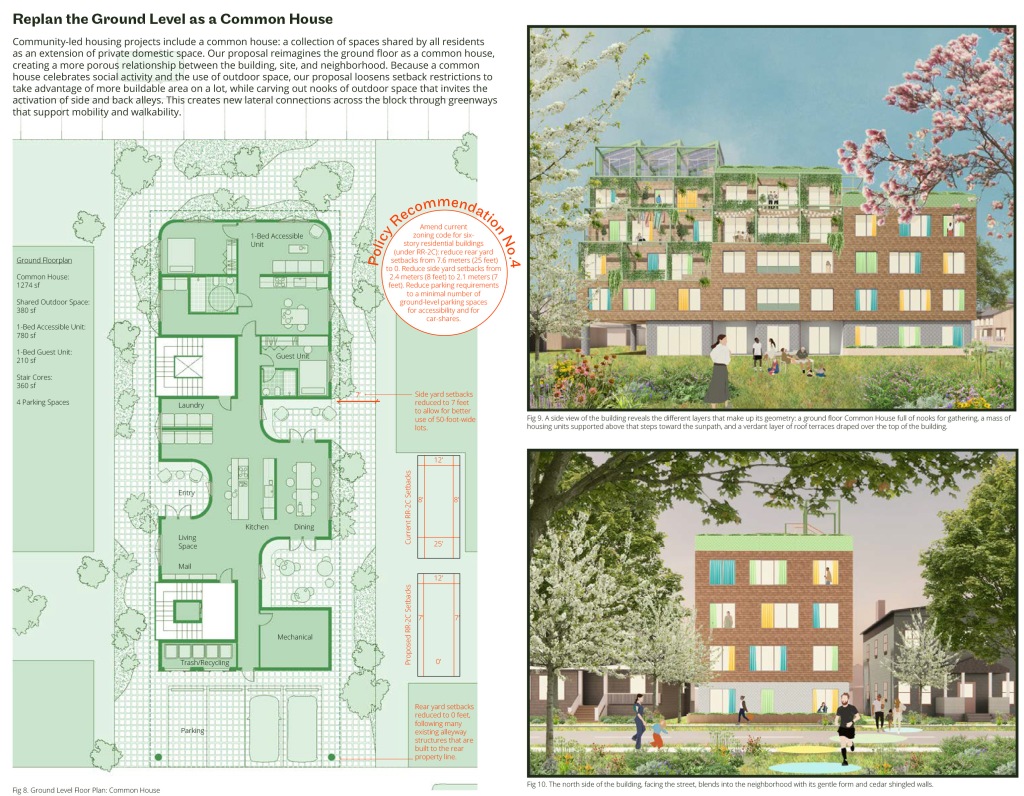
Anti-community community deserves an honorable mention. They introduce their presentation as: “We are designers, artists, renters, movers, activists, guests, and neighbors. We are not architects, urban planners, or interior designers.
We are neighbors who complain and who have been complained about.
We know nothing about engineering and codes and by-laws. But we know we don’t enjoy the endless cycles of bureaucracy that limit true creativity
and agency.”
I really appreciate the whole down to earth attitude of this submission.
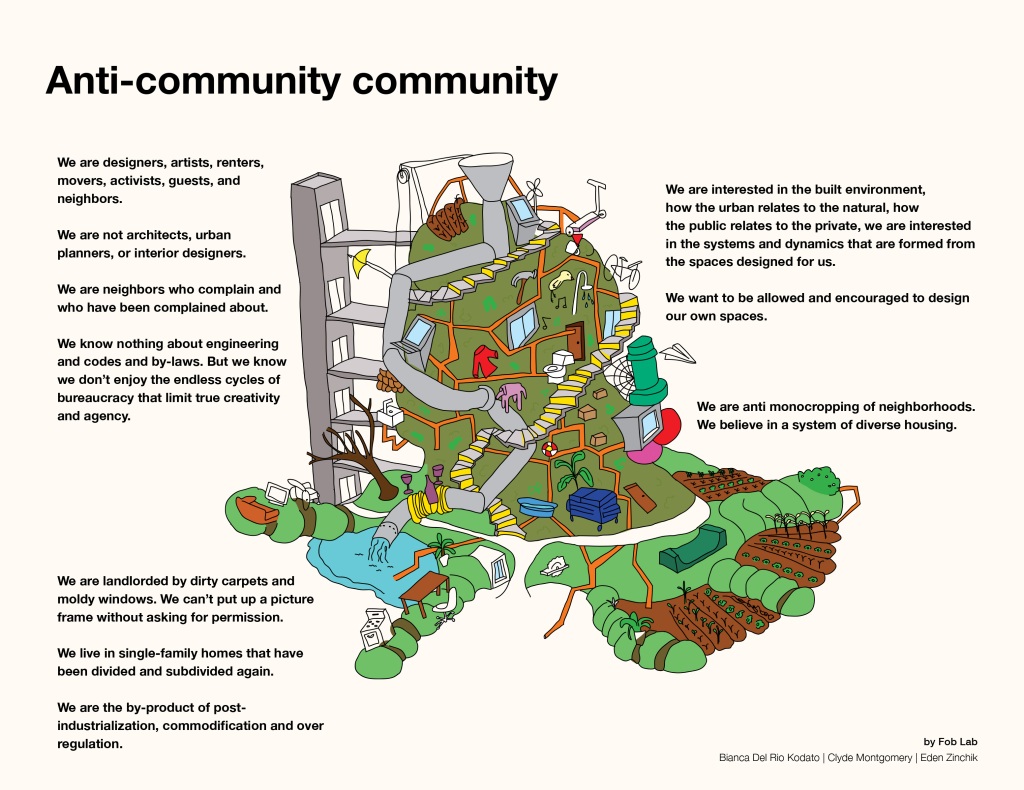
While the competition is addressing specific issues with planning regulations in Vancouver, most of the other ideas are valid the world over.
You can see the full competition here: https://urbanarium.org/decoding-density
And download PDF’s here: https://urbanarium.org/sites/default/files/2024-06/Decoding%20Density%20Publication%20DIGITAL.pdf
Be Inspired!
This post was created in #WordPress and can be viewed in the #Fedivers at: @owgf.org@owgf.org
OWGF has a Fediverse companion profile at: https://mastodon.world/@OWGF
OWGF is also on #Pixelfed here: https://pixelfed.social/OWGFhttps://pixelfed.social/OWGF
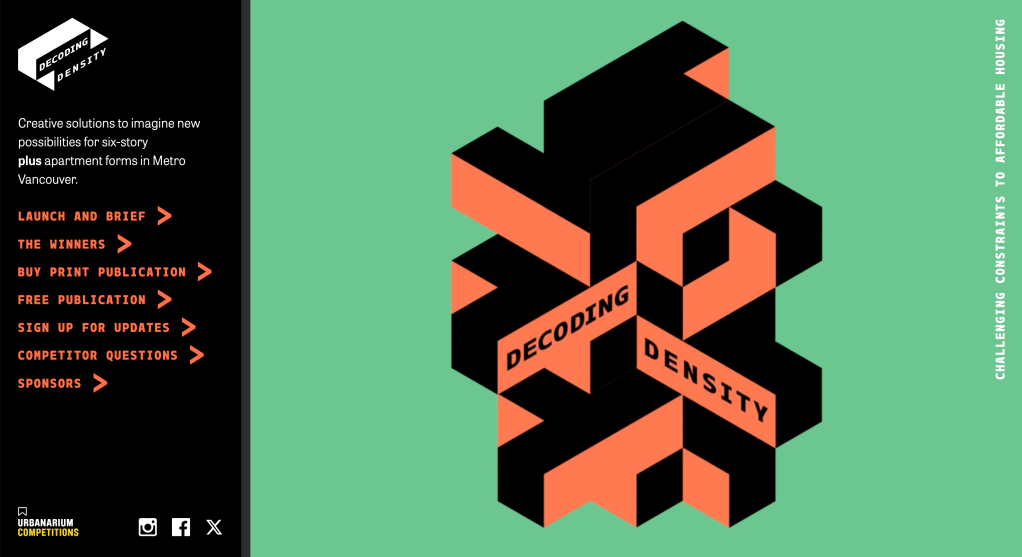
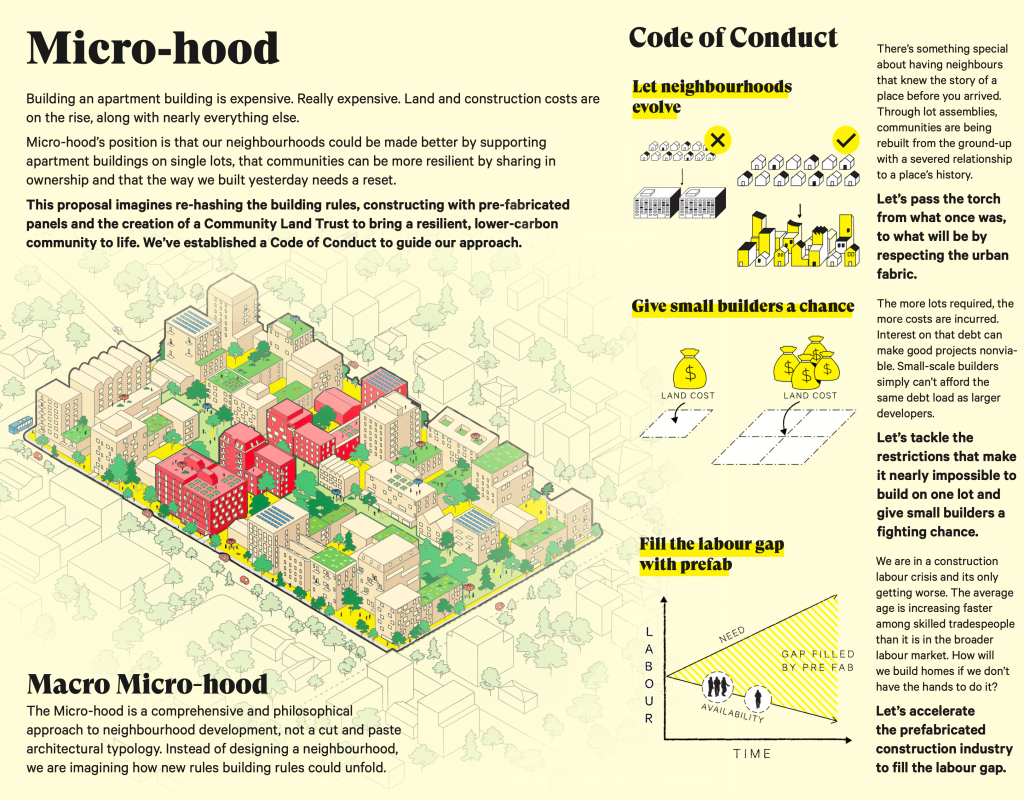
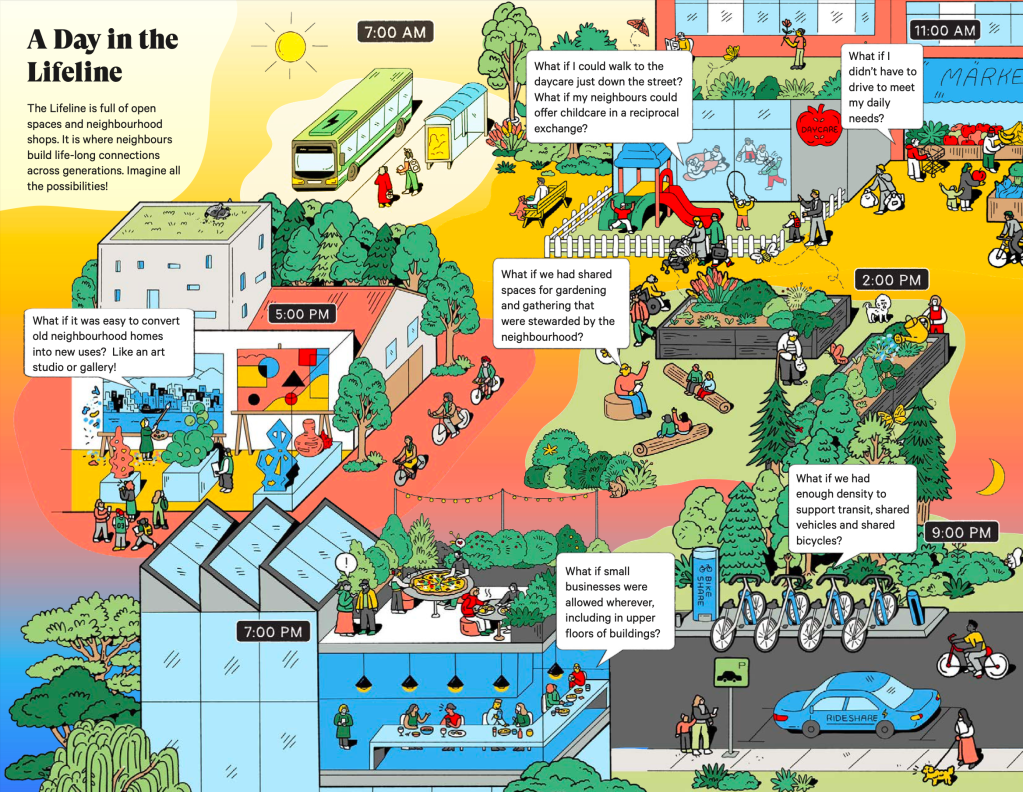
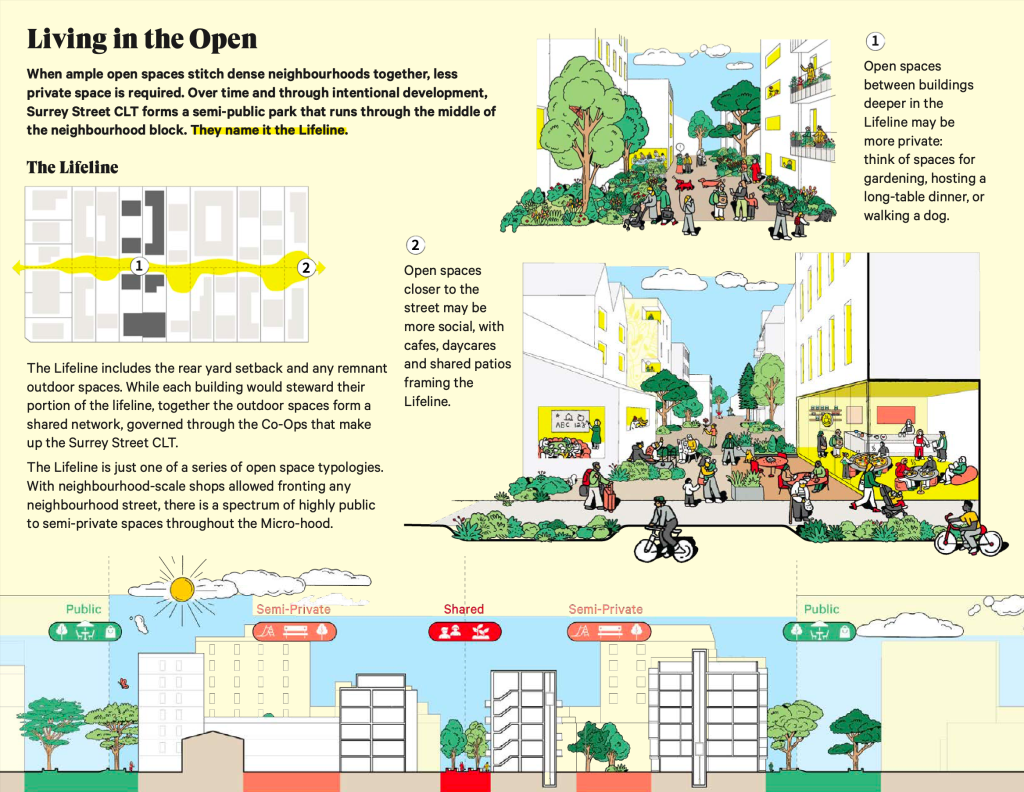
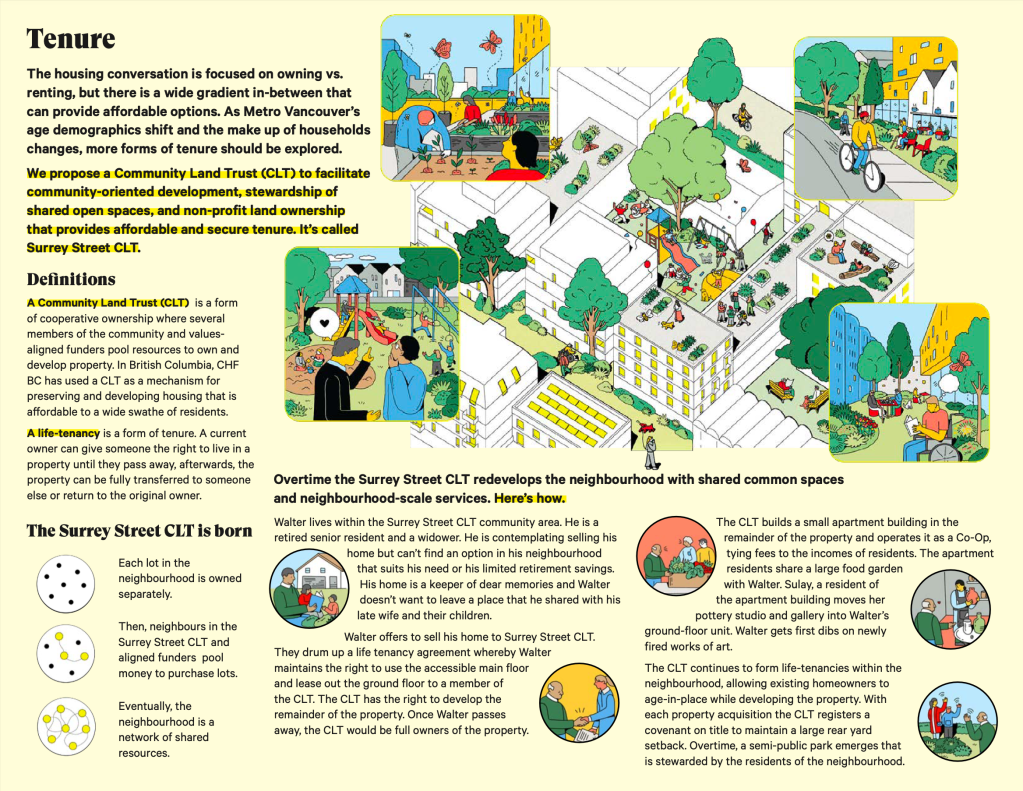
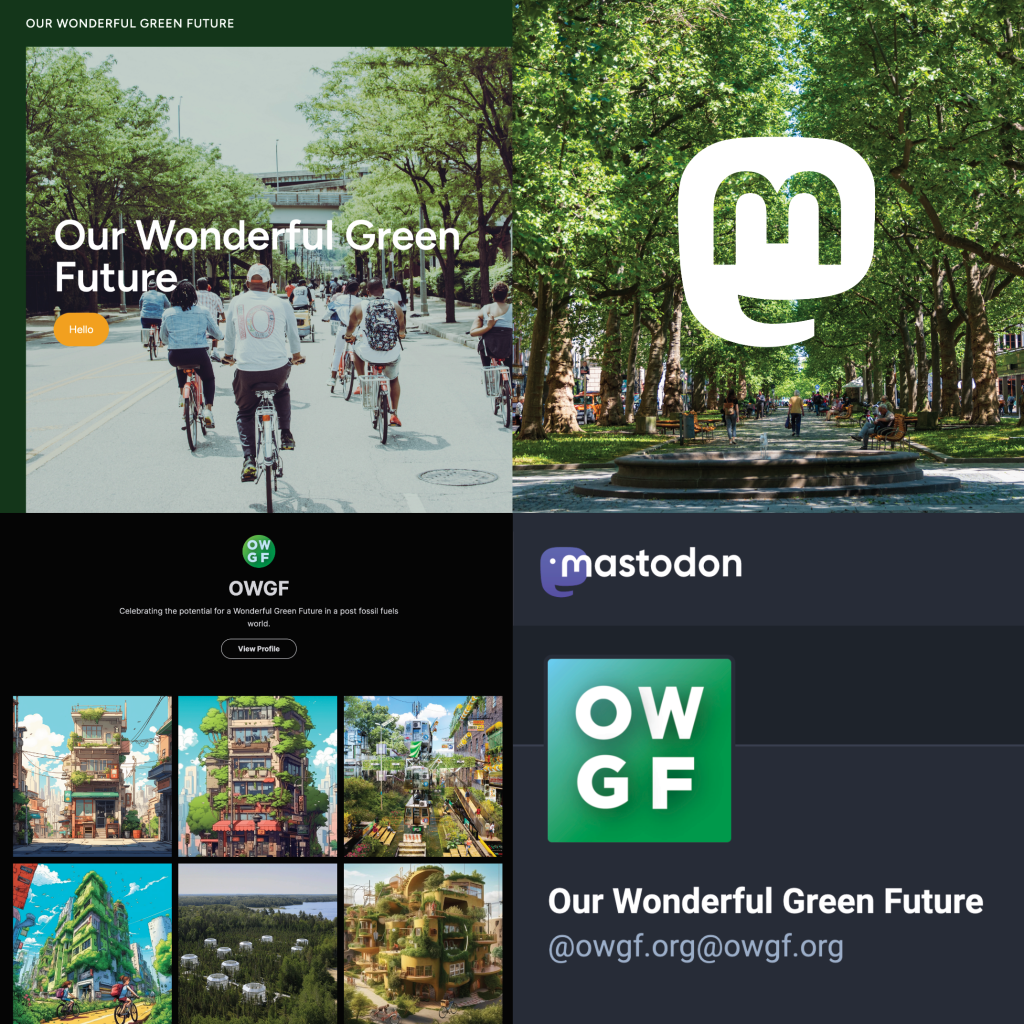
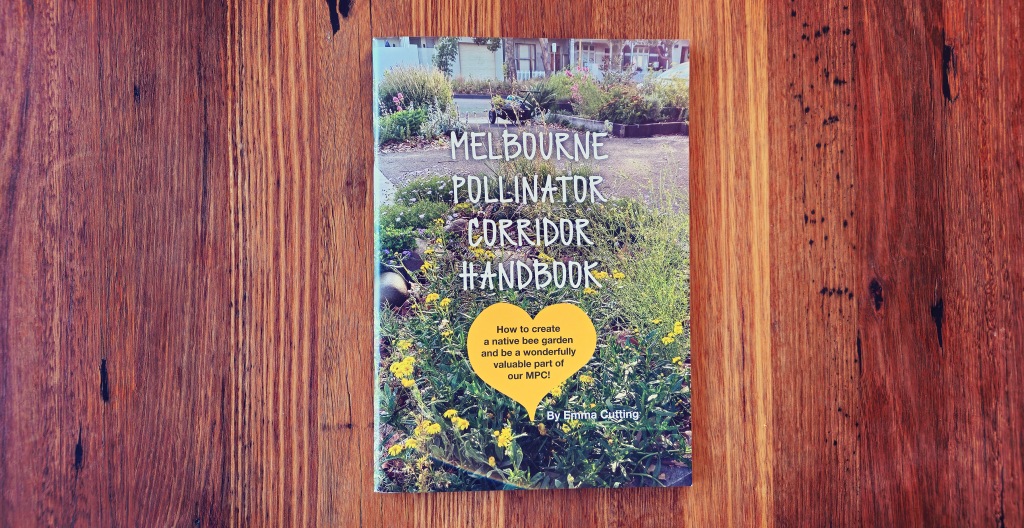
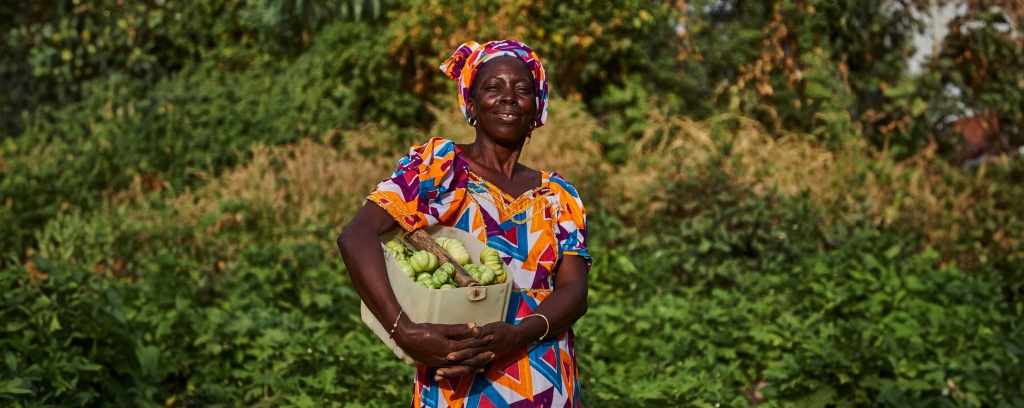

Leave a comment